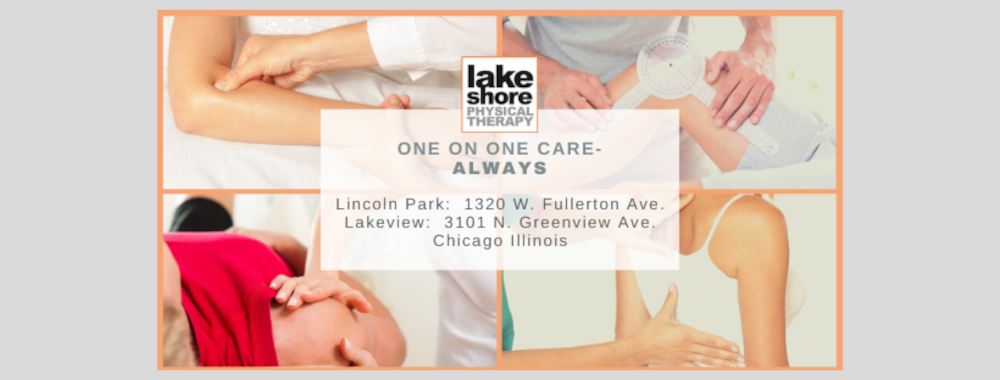 |
| by Stephanie Korso, PT |
Simply put, the answer is yes! The plank is a great way to improve core strength and stability. Research suggests that proper core strength and stability can help alleviate low back pain, prevent injury, improve balance, and enhance performance. When performed correctly, however, planks can do more than just work the midsection: they can work muscles from head to toe, improving limb strength and toning the entire body.
If the idea of performing one exercise sounds like it might not prove enough of a challenge, there are also many variations of the plank, making it easy to keep things interesting and modify or progress the exercise. A prone plank (face down), for instance, increases activation of anterior abdominal muscles, whereas a supine plank (face up) increases activation of back muscles and a side plank increases activation of the obliques. Adding arm or leg movements increases the difficulty of the exercise by further challenging core stability and increasing shoulder and hip muscle activation.
Moreover, the plank is generally a safe exercise because it is isometric, meaning that muscles maintain a constant length as they contract and body parts do not move. This is easier on one's joints than other types of exercises in which the body changes position, such as sit-ups. The plank requires minimal time and can be performed without any equipment, making it easy to sneak in anytime, anywhere.
Consider mixing up your routine by trying out some of the variations below! As with any type of exercise, remember to breathe throughout and stop if you have pain. It is recommended that you consult your physician or physical therapist before beginning a new exercise routine.
- Forearm plank
- Straight arm plank
- Side plank
- Side plank with twist
- Supine plank
- Plank with alternating shoulder taps
- Plank with alternating hip extension
- Plank with legs elevated on stability ball
- Plank with forearms supported on stability ball
References:
Escamila RF, Lewis C, Pecson A, Imamura R, Andrews JR. Muscle activation among supine, prone, and side position exercises with and without a Swiss ball. Sports Health. 2016; 8(4): 372-379
Calatayud J, Casana J, Martin F, et al. Trunk muscle activation during different variations of supine plank. Musculotskelet Sci Pract. 2017; 28: 54-58.
20 ways to do a plank. Health Magazine. http://www.health.com/health/gallery/0,,20813896,00.html. Accessed May 17, 2017.

